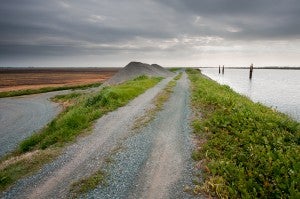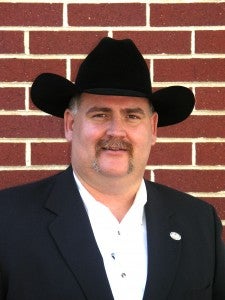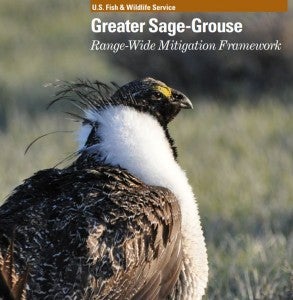Now that voter passage of a $7.5-billion water bond is firmly set in California’s rear-view mirror, it’s time to look forward and map out the road before us. How will the money be spent, and where will it drive change?
Beneficiaries of the new law will be vast, to be sure, but a good chunk of change is slated to support farm communities while restoring habitat and freeing water up for the environment. Here’s how:
$900 million for groundwater sustainability
This funding has the potential to improve the quality and reliability of groundwater resources that many agricultural communities across the state depend on. It is designed to ensure that projects are prioritized based on several criteria, including how the project will prevent the spread of groundwater contamination into storage areas, how the project will impact local water supply reliability, and whether the project can recharge vulnerable and high-use groundwater basins.



